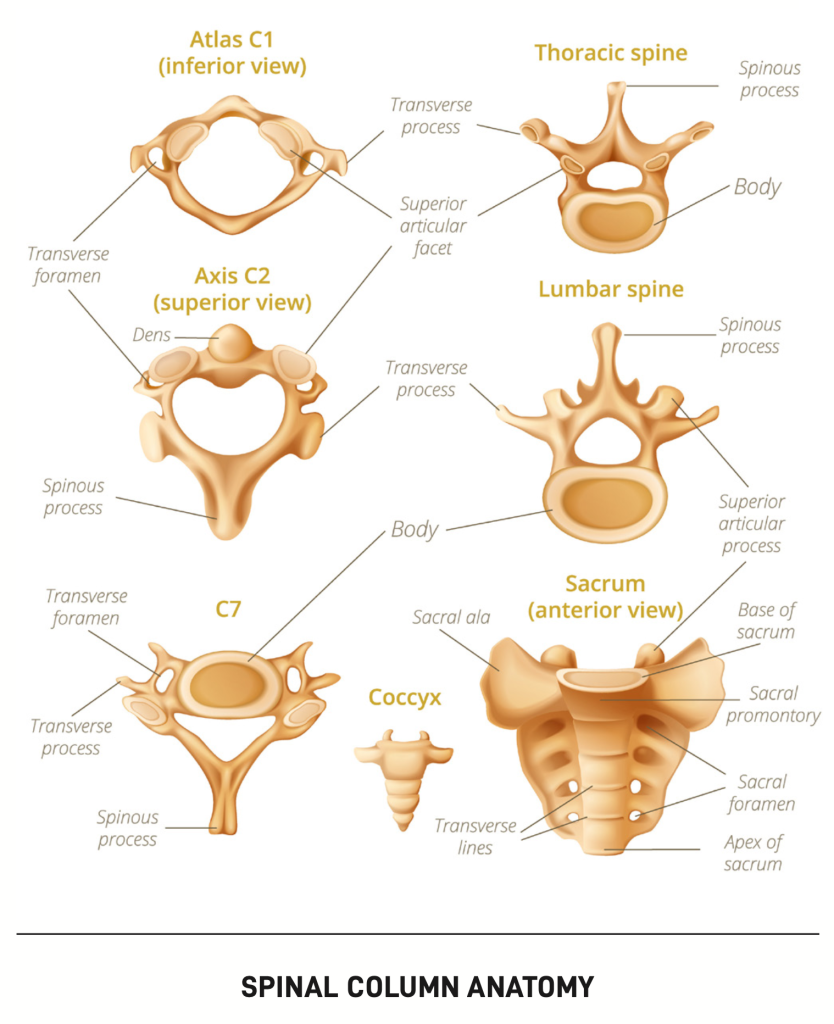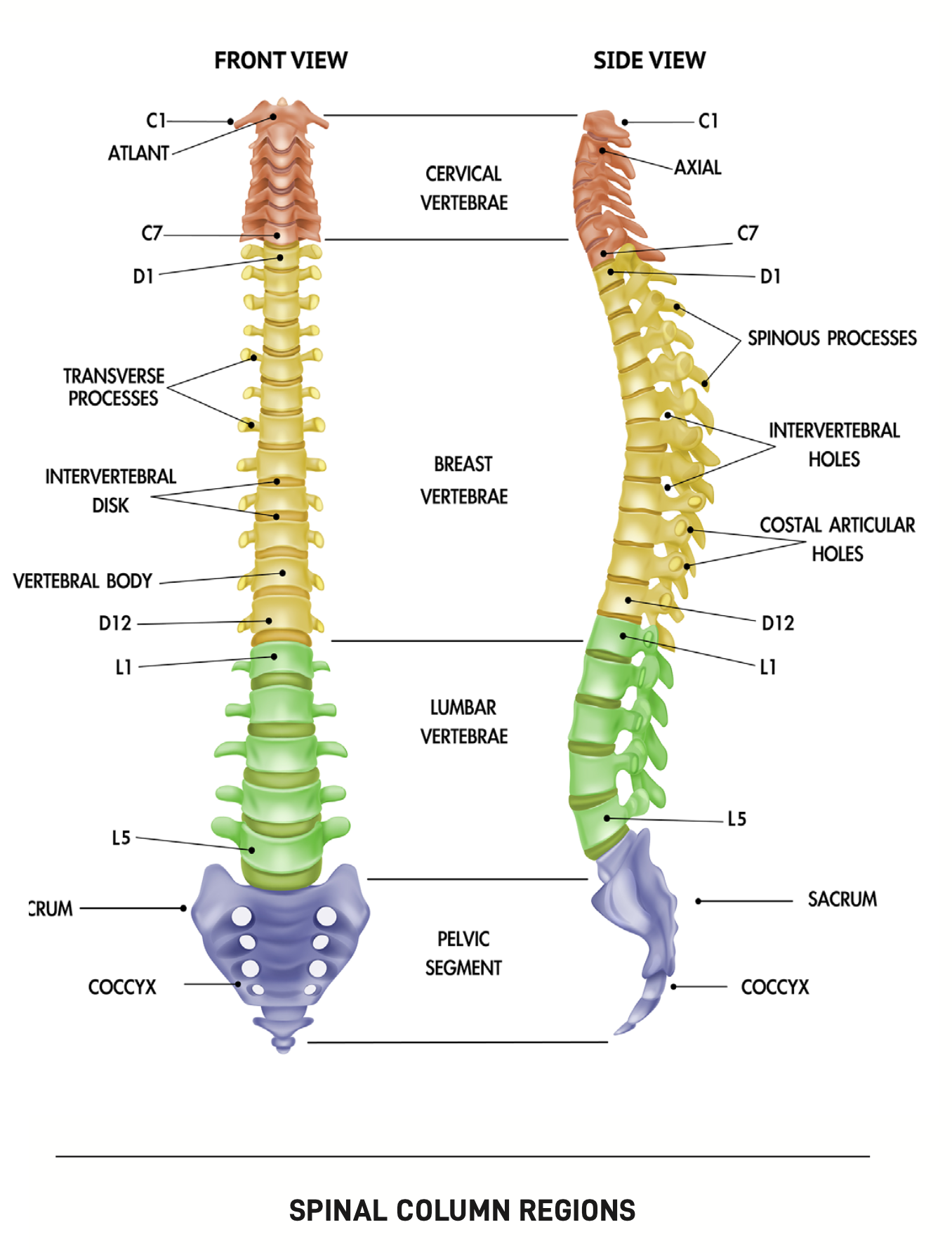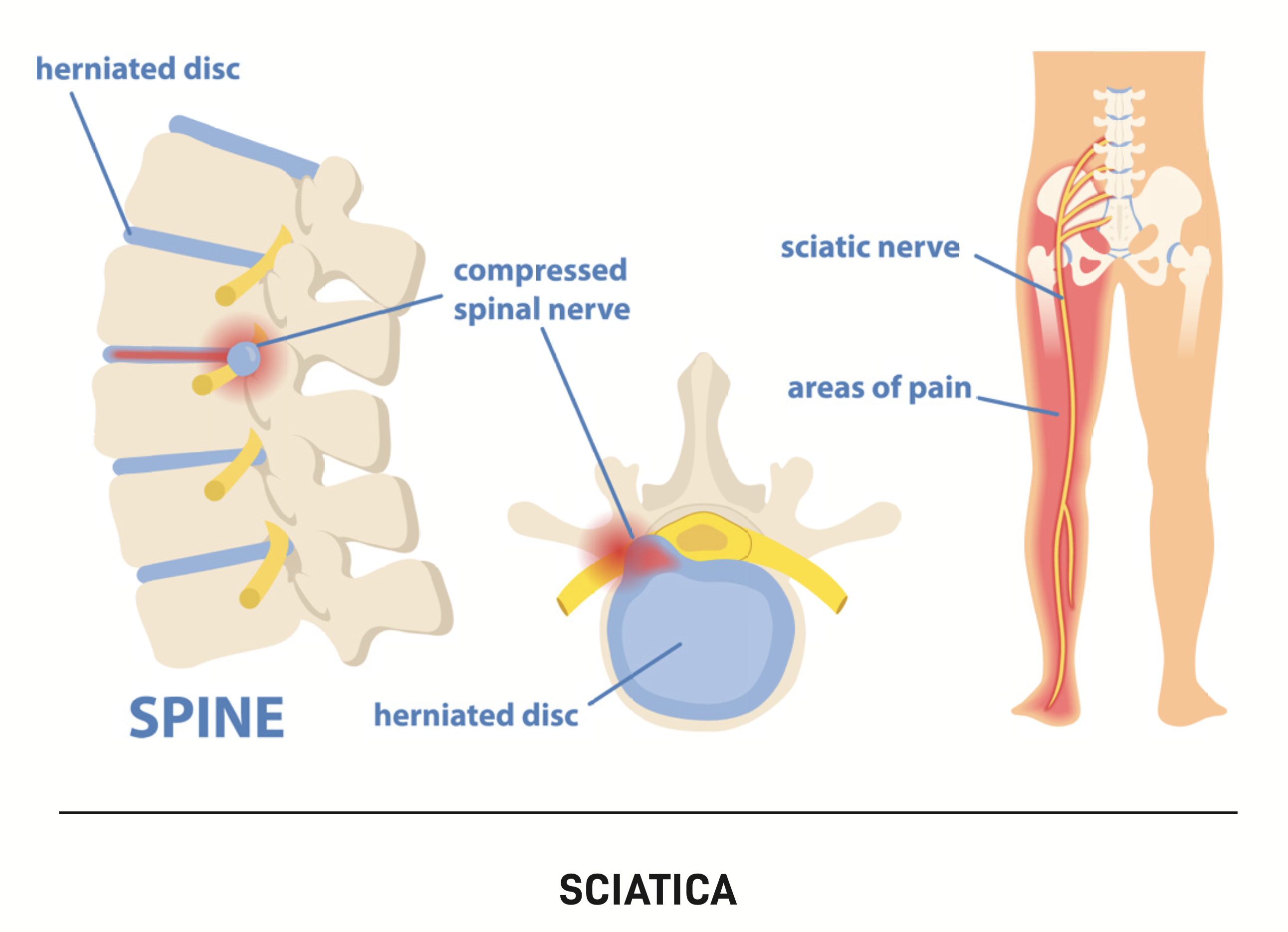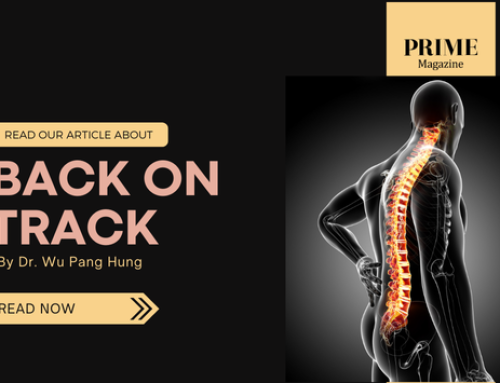Minimally invasive procedures have revolutionised the field of spinal health. As an increasing number of individuals seek effective solutions for the management of back pain and other related conditions, medical researchers and practitioners are continuously developing innovative techniques to address these concerns. Among these groundbreaking approaches,nucleoplasty and annuloplasty have emerged as promising options that offer patients a path to relief without the need for traditional open surgeries. Let Us take a closer look at these two innovative procedures.

NUCLEOPLASTY
Nucleoplasty is a minimally invasive medical procedure used to treat chronic back and neck pain, as well as shooting pain down the arms or legs. It treats pain caused by herniated discs or other disc-related issues. The procedure involves removing a small portion of the disc’s nucleus pulposus, the gel-like material in the centre of the disc, by using radiofrequency energy to create a plasma field. This plasma field removes a small amount of disc material and reduces pressure on the surrounding nerves. This can effectively treat low back pain and help to alleviate sciatica. It is a relatively newer alternative to open surgery.

Let me paint a clearer picture: imagine your spine as being like a stack of jelly-filled doughnuts. Each “doughnut” is a disc, and in the middle of each disc, there is a jelly-like substance called thenucleus pulposus. Sometimes, due to various reasons, this jelly- like substance can push out and put pressure on nearby nerves. This can cause a lot of pain, especially in the back or neck. Nucleoplasty is a special procedure to help with this problem. Instead of making a big cut, doctors use a tiny needle that goes through your skin and into the problem disc. They use this needle to send a kind of special energy, like heat or radio waves, into the disc. This particular energy does two things. Firstly, it heats up a small part of the jelly-like substance inside the disc. This heat turns that part of the jelly into gas, creating a little space. Secondly, when the gas forms, it also helps to shrink the jelly, reducing its size.
Now, when the jelly inside the disc gets smaller, it does not push as much on the nerves. This means less pain! The pressure on the nerves goes down, and you should start to feel relief from the pain that the squeezed disc was causing.
CANDIDATES FOR NUCLEOPLASTY
Nucleoplasty should be considered for patients with back pain and sciatica from disc issues, who have not responded to conservative treatments like physiotherapy, medications, and injections; but who do not necessarily need more invasive spinal surgeries. It is important to note that nucleoplasty is not suitable for all types of spinal disc issues, and patient selection is crucial. Also, if there is any bowel or bladder incontinence, or worsening weakness, numbness or abnormal gait, you should seek professional medical help urgently.

PROCEDURE
During nucleoplasty, local anaesthesia is applied to the area of the injection so that it will not be painful. General anaesthesia is not required, although some sedation may be given for comfort. A thin needle is directed into the affected intervertebral disc under X-ray guidance for safety. A special wand is then placed through the needle, and radiofrequency energy is released. This creates a plasma field that removes a small portion of the nucleus pulposus at the centre of the disc, decreasing pressure on nerves and other structures, and effecting pain relief. After the procedure, the needle is removed.
BENEFITS OF NUCLEOPLASTY OVER TRADITIONAL OPEN SURGERY
The great thing about nucleoplasty is that it is not a big surgery. You can be awake or have some sedation. Furthermore, as it involves needles, there is usually no scar. This means less recovery time compared to traditional surgeries.
After the procedure, you might have some soreness for a short while, but many people find that their pain gets much better over time. It is like giving your spine’s jelly-filled doughnut a little more breathing room, so you can move around more comfortably and enjoy life without as much pain.
ANNULOPLASTY
Annuloplasty is another minimally invasive surgical procedure designed to treat another cause of low back pain. Let us go back to our doughnut example to illustrate how it works. Sometimes, the outer layer of the doughnut – the annulus – can become weak, torn or stretched over time due to various factors like age, injury, or wear and tear. When this happens, it is as if the doughnut’s tough outer layer starts to fray or develop a hole. This can be a source of pain in some individuals, even if the nerves are not being pressed on very much. Annuloplasty can be thought of, conceptually, as a method of treating the tear in order to decrease low back pain and sometimes, buttock pain.
PROCEDURE
A tiny probe is passed through the skin to the annulus, which is the outer covering of the disc. This is done under X-ray guidance, without making any cut. The probe is placed close to the site of the annular tear, and radiofrequency energy is applied. This treats the annular tear, and relieves the back and buttock pain that sometimes occurs as a result of the tear.
CASE EXAMPLE: Ms W

Ms W, a 33-year-old lady who is employed in the dynamic field of marketing, has a role that requires her to travel frequently for work-related events. Before the outbreak of COVID-19, she was very active at the gym, but has not been as active in the last two years. At present, she engages in physical activities, such as running or swimming, about once a week to maintain her fitness level.
One day, she experienced left-sided low back pain after bending over to pick up a light object. The very next morning, she found herself struggling to bend over to perform routine tasks like brushing her teeth. These simple tasks now necessitated the use of her arms for support and assistance. Additionally, she reported sporadic instances of pain radiating down the posterior aspect of her left leg.
Interestingly, she recalled a similar occurrence of severe low back pain nearly 4-5 years ago, following a trans-Atlantic flight. Unlike the recent episode, the previous bout of pain was not related to any action, fall or trauma. She underwent a steroidal injection as a therapeutic measure during that period with good relief, without undergoing an MRI.
For this recent episode of low back pain, an MRI of her lumbar spine was performed after careful examination, and it showed an annular tear and an intervertebral disc pressing on the nerves on the left side of her spine. After discussing various treatment options, Ms W decided to Undergo annuloplasty and nucleoplasty as a day procedure. She made a good recovery from her pain, and is able to return to the gym and resume doing what she loves.
Lumbar nucleoplasty and annuloplasty played a pivotal role in expediting Ms W’s postoperative recovery, enabling her to swiftly resume her daily activities and even engage in light gym training. The precision of this technique, guided by advanced imaging, ensured a targeted approach that directly addressed the source of her pain while minimising tissue damage. It is possible to perform lumbar nucleoplasty and annuloplasty as a day procedure because they are minimally invasive, with minimal downtime, and reduced risks of infection, bleeding and pain as compared to open surgery.
The procedures’ conservative yet impactful approach is underscored by the reduction of pain and discomfort, allowing the patient to regain a higher quality of life and enjoy improved mobility. Furthermore, lumbar nucleoplasty’s judicious avoidance of more invasive procedures directly contributes to a shorter hospital stay. This not only expedited Ms W’s recovery, but also mitigated potential hospital-associated risks. The reduced risk of infection, intertwined with shortened hospitalisation, underscores lumbar nucleoplasty’s role in optimising patient safety and promoting a swift return to normalcy.
CONSULT WITH A MEDICAL PROFESSIONAL
Nucleoplasty and annuloplasty are specialised medical procedures performed by skilled board-certified specialists to treat specific spine-related conditions. If you ever encounter spine issues or discomfort, it is important to consult with a medical professional who can provide personalised advice and recommendations based on your specific situation and condition, as everybody is unique and every spine is different. PRIME
Learn more at www.novenapain.com.sg












